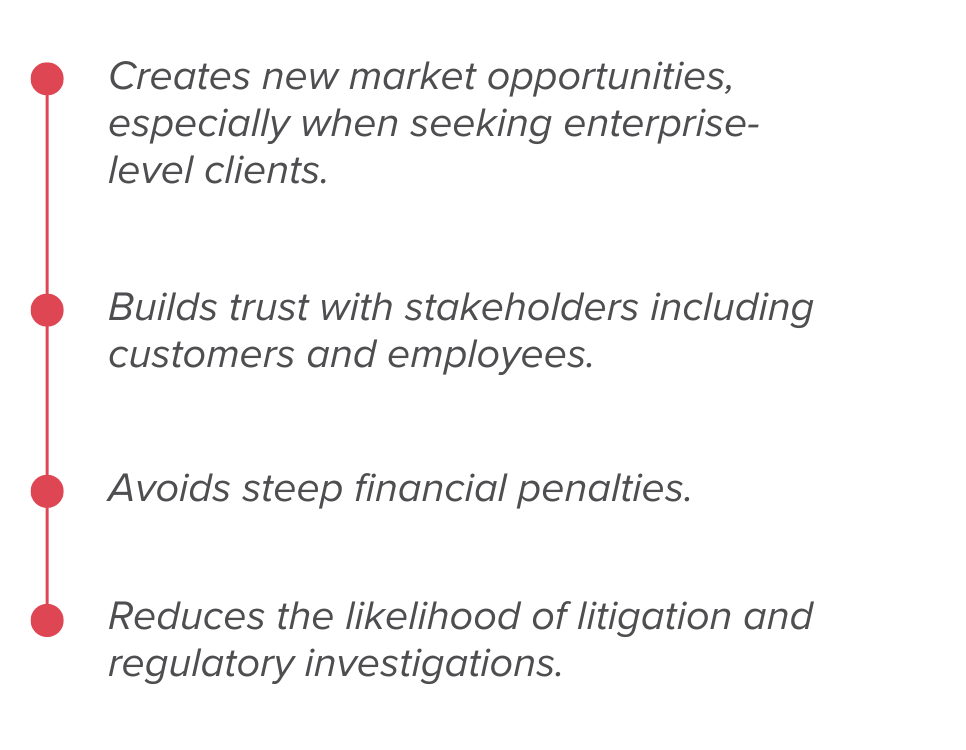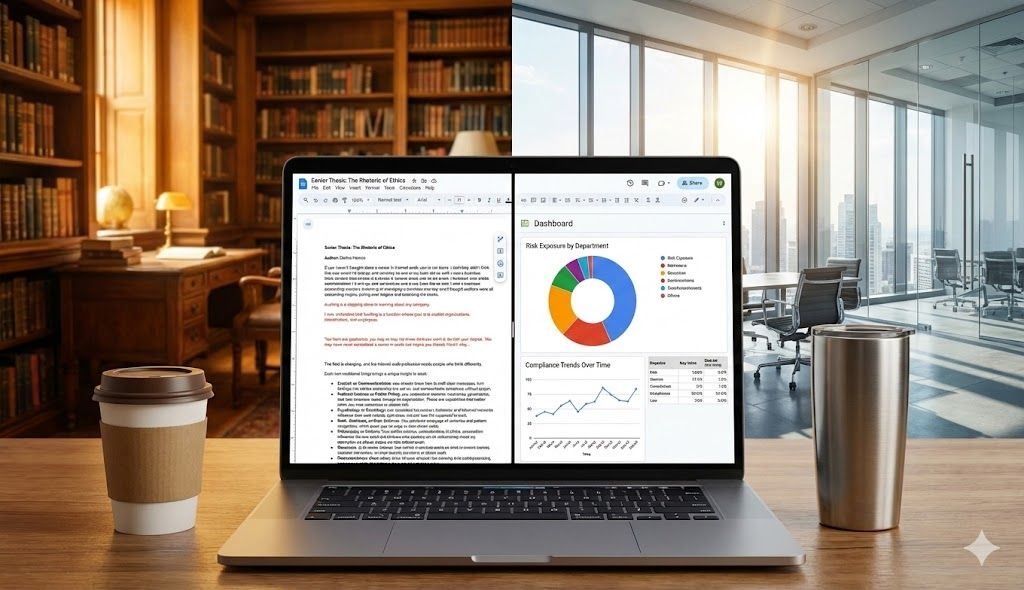Operational and Regulatory Compliance Made Easy
Organizations need to adhere to regulatory and operational requirements to create a secure and ethical environment.
However, there are challenges in adopting these requirements. These challenges include:
- Remaining current with the changes across multiple jurisdictions and laws
- Difficulties understanding and translating complex regulations into business requirements
- Viewing compliance as a financial burden
- Creating processes and maintaining compliance agility for sustainability over time
- Finding and retaining qualified resources to establish and maintain compliance
- Responding to potential violations and non-compliance issues
Despite its challenges, compliance comes with many benefits. Here are some examples.

AdviseUp’s tips for addressing compliance challenges
Remaining current with the regulatory changes:
Keep up with regulatory news sources: sign up for news alerts from the authoritative bodies related to the regulations or standards your company has adopted.
Not sure where to look? Here are the top compliance regulations and standards and their governing agencies below.
| Name | Scope | Governing Agency |
|---|---|---|
| SOX (1) | Financial Reporting | SEC |
| COBIT (2) | IT Management | ISACA |
| ISO 27001 (3) | Information Security | International Organization for Standardization (ISO) |
| NIST (4) | Cybersecurity, Risk Management, Privacy | National Institute of Standards and Technology (NIST) |
| GDPR (5) | Privacy | EU Data Protection Authorities (DPAs) |
| CCPA (6) | Privacy | Attorney General of California |
| HITRUST CSF (7) | Healthcare Information Security | HITRUST Alliance |
| PCI DSS (8) | Payment Processing | PCI Security Standards Council |
| HIPAA (9) | Healthcare Information | HHS/OCR |
Difference between standards and regulations
External advisors and auditors: Possess extensive knowledge of regulatory requirements and can be an asset in understanding newly released changes and their applicability to your company.
Governance, risk, and compliance (GRC) software: GRC software offers services that alert users of regulations and standard changes. The tool can be customized based on specific regulatory bodies.
Understanding and translating complex regulations into business requirements.
Engage a subject matter expert: The right partner can help you understand the requirements and what they mean for your business. This is critical at the beginning of your adoption journey and when there are regulation changes.
Gap analysis: Review existing practices and adoption due dates. It is beneficial to engage your compliance and legal team during this process.
Develop a roadmap: Identify the additional work that should be done. Make sure to consider existing processes that can support your compliance posture to avoid unnecessary work.
Avoiding compliance becoming a financial burden.
Check-the-box compliance is a financial burden. You are paying resources and maintaining processes that do not protect your company. Compliance requirements, if used wisely, can serve as a comprehensive guide for managing a company, integrating new technology, and pursuing a merger or acquisition.
Useful Metrics: Develop compliance metrics to measure the benefits to the company.
Ensuring compliance is sustainable over time.
Compliance integration: include your compliance and audit teams in the company's major projects and initiatives so that they can appropriately adapt and scale controls to the company's needs.
Work with AdviseUp
Ensuring that your organization meets regulations and standards is crucial for its safety and success. We understand that navigating compliance can be difficult, but we are here to make it easier for you.
Start preparing your business for the future today.
Resources




